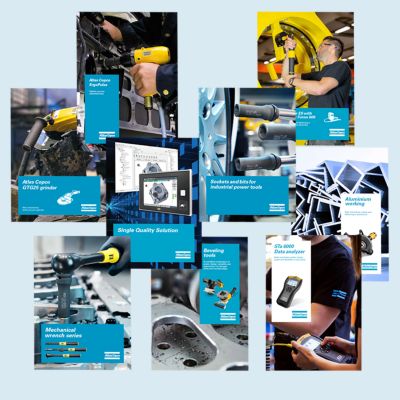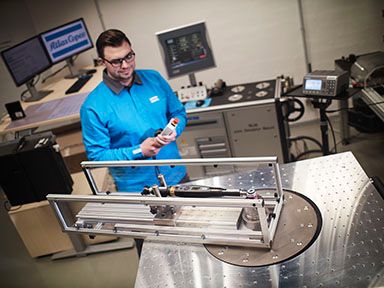Climate change is the defining issue of our time, and we are at a defining moment when action needs to be taken. Customers, partners, and governments increasingly require industrial manufacturers to minimize their environmental impact. Sustainability in manufacturing is no longer a nice to have, so let us share a few of our insights to help you make a sustainable difference.
According to The World Economic Forum, the industrial sector, which includes the manufacturing industry, accounts for one-fifth of global greenhouse gas emissions. Adding to that, the sector consumes approximately half of the world’s energy resources. Therefore, there is an immediate need for manufacturing companies to use limited resources more efficiently and sustainably. With sustainable manufacturing practices, manufacturers can help minimize their carbon footprint.
And they are planning to do just that. In a BCG survey, 80% of industrial manufacturers reported that their company has plans to transition to carbon-neutral operations. Here are three tips to help you get on the sustainable manufacturing bandwagon.
#1 - Get it right from the start
Production errors caused by operators lead to expensive rework and recalls and wasted material and energy. Operator-friendly tool location systems ensure that assembly tools only operate if used in the correct area in the plant, for the right assignments, and on the right parts and products. Intuitive interfaces such as computer vision systems interact with the operator as they work and provide continuous guidance. This reduces the responsibility of the operator and helps them perform tasks in the correct order.
However, many errors are often too difficult for humans to detect. Error-proofing software and management systems monitor assembly to help prevent, identify, and correct such errors and reduce the cost of expensive, multiple, and continuous quality checks. Aside from reducing the risk of human errors in production, location systems and error-proofing solutions also reduce the training time needed for new operators.
In the above-mentioned area of quality checks, the Atlas Copco QA Platform 4.0 is a flexible modular solution for quality assurance. The tool, joint, visual, and dimensional checks performed by a single platform reduce the need for multiple quality devices. Compliant with quality standards, the QA Platform 4.0 optimizes operational costs by reducing defects, rework, and product recalls, putting you on track for improved sustainability in manufacturing.
#2 - The improved Operator Station
Taking control of the individual operator station by means of automation improves operational quality, productivity, scalability, and flexibility. Advantages that shorten the time to adapt to product mix changes, efficiency, and output. All achieved while lowering operational costs and improving ROI.
By better controlling the assembly process down to the individual station, automation drives sustainable manufacturing by reducing the number of rework and recalls. Materials and energy are used more efficiently, and unnecessary waste is minimized. In addition, improved traceability enables more predictive maintenance, which further reduces resource waste.
Automating tiresome, hazardous, heavy, and, in other ways, high-risk station operations in manufacturing processes also improves ergonomics in the workplace, making for a better and safer working environment for operators.
#3 - Go Electric!
When facing the challenges fastening and tightening entail, manufacturers can turn to the power of electricity. Moving from air-powered to electrical-powered tightening tools with an integrated controller makes it easier to control and monitor torque, angle, and gradient. On top of that, many electric tools have the capacity to collect, transfer, and store data, facilitating quality control and traceability throughout the tightening process. Advantages that reduce costs related to rework and recalls.
Handheld and cordless electric tightening tools that are lightweight, small, and designed to be used in cramped areas help address operator fatigue. Furthermore, operator-friendly characteristics that improve ergonomics contribute to a better and safer working environment for operators.
Your sustainable partner in industrial manufacturing
The Atlas Copco Group is committed to science-based targets to reduce emissions in accordance with the Paris Agreement. We take a holistic view of our carbon impact, from energy efficiency to a more sustainable supply chain. We are also focused on improving resource efficiency and driving sustainability in manufacturing processes. In short, we are helping ourselves and our customers do more with less.
To learn more about how Atlas Copco can help reduce the carbon footprint and improve sustainability in manufacturing, download our Smart Integrated Assembly whitepaper – Industrial Manufacturing in the Era of Industry 4.0 and Beyond.
Or contact our experts today to discover how you can drive sustainable manufacturing practices in your facility so you can become more sustainable and begin reaping the benefits of Industry 4.0!






